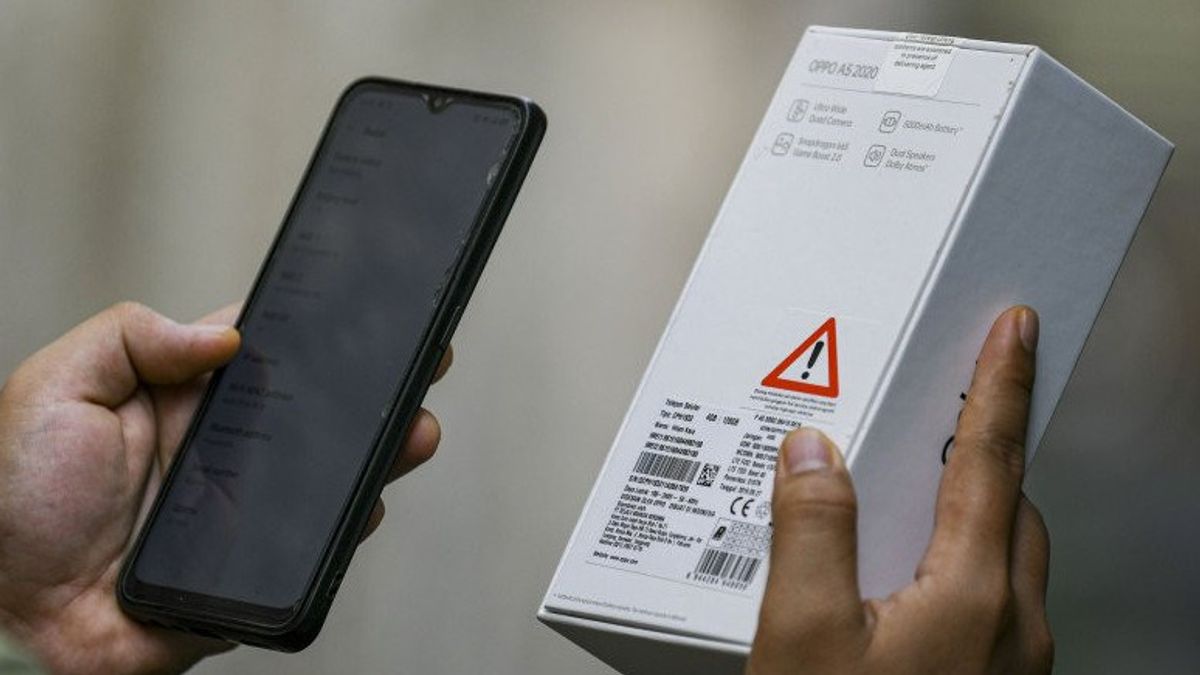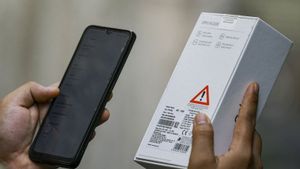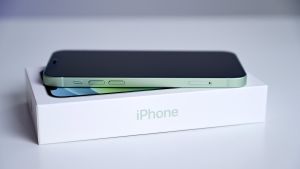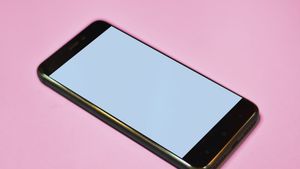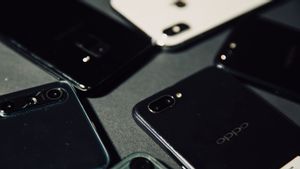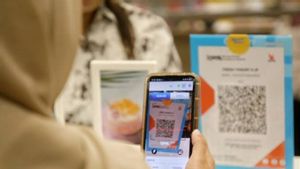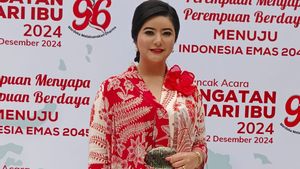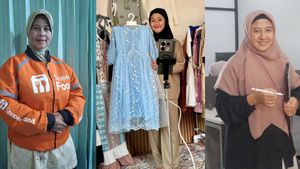JAKARTA - The regulation on International Mobile Equipment Identity (IMEI) by the government to suppress the circulation of Black Market (BM) or illegal cell phones has proven to be effective. As a result, official smartphone sales have increased dramatically.
"The implementation of the International Mobile Equipment Identity (IMEI) registration regulation also continues to show positive results, by minimizing the circulation of illegal smartphones in the market", said a market analyst for IDC Indonesia, Risky Febrian, in a press statement, Tuesday, March 16.
He estimates that the IMEI regulations that have been in effect since last year can play a major role in the recovery of the smartphone market this year and the years to come. IDC Indonesia estimates that the smartphone market in Indonesia will grow by around 20 percent this year.
IDC Indonesia's research shows that in the fourth quarter of 2020 there was an annual growth of 1 percent even though the smartphone market was under pressure due to the coronavirus pandemic over the past year. IDC data shows that mobile phone shipments in Indonesia reached 11.7 million units in the last quarter of last year.
"The Indonesian smartphone market is able to survive in the midst of the COVID-19 pandemic which changes how people interact. The need for smartphones is soaring, be it to support Work-from-Home, Home-based-Learning, entertainment streaming services, or just communicate virtually", said Risky.
The Indonesian cellphone market dropped dramatically in the first six months of 2020, by as much as minus 18 percent year-on-year, due to regional quarantine. The recovery in this sector is progressing fast, in the second semester, there is a 19 percent growth year-on-year.
The recovery of the smartphone market was due to the need to use cell phones to support various activities that must be carried out from home.
The lower purchasing power of the community has driven the growth of the mobile phone for the entry-level segment, ranging from 100 to 200 US dollars or around IDR 1.4 million to IDR 2.9 million).
The market share of cheap cellphones in Indonesia reached 65 percent last year, up from 45 percent in 2019.
IDC noted that the largest mobile phone market share in Indonesia in the fourth quarter of 2020 was dominated by Vivo, amounting to 23.3 percent. This brand triumphs in the low-cost cellphone class with the Y series line.
In the second position, only slightly adrift, occupied by OPPO with a market share of 23.2 percent. ID Indonesia sees OPPO as strong in the middle segment, 200-400 US dollars or around IDR 2.9 million to IDR 5.8 million, through series A and Reno.
Xiaomi is in third place with a market share of 15.3 percent, which according to IDC has had a positive impact on IMEI regulations.
This brand is expanding its market share in the middle segment through the Redmi Note 9 Pro and the sub-brand POCO.
SEE ALSO:
The realme brand is in fourth place, with a market share of 14 percent. IDC assesses that realm growth in each quarter is classified as healthy, even though it was constrained by supply constraints.
Samsung is in fifth place, with a market share of 13.5 percent. They solidified their position in the ultra low-end segment, which is under USD 100, and were startups through the A series.
Samsung's ultra low-end and startup segments accounted for two-thirds of the brand's total shipments in 2020. IDC also sees Samsung having trouble competing in the middle category.
The English, Chinese, Japanese, Arabic, and French versions are automatically generated by the AI. So there may still be inaccuracies in translating, please always see Indonesian as our main language. (system supported by DigitalSiber.id)
